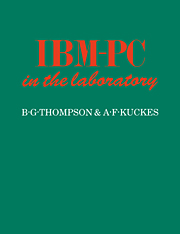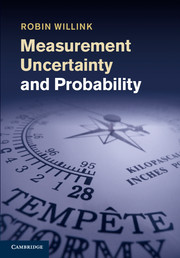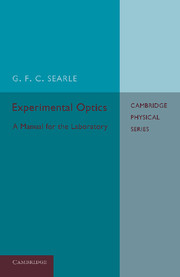IBM-PC in the Laboratory
This book is about how microcomputers can be used to help control and interface with sensors in laboratory experiments. The computer work is done mostly in the context of several physics experiments, such as the physics of activation temperature, heat diffusion, and motion in fluids. These experiments show how with computer control conceptually sophisticated experiments can be performed with simple apparati. The authors explain how the computer interfaces with common sensing devices, including digital-to-analog coverter, analog-to-digital converter, timers, digital input and output devices, optical encoders, stepping motors, and analog amplifiers, to provide a link between the experimenter and the physical phenomena being studied.
The authors chose the IBM-PC, AT, or XT (which can apply to clones as long as they have expansion slots to accomodate boards) as their example, and use Turbo Pascal (Version 4.0 or greater) throughout the book for programming. Most of the programs will be presented by way of example, so some experience in computer programming is necessary. The equivalent of two semesters of college physics is also helpful to understand the experiments.
- This book will be of use to any science or engineering student taking a course on the use of computers in laboratory work
Reviews & endorsements
"The material is well-written, well laid out, easy to follow, and adequately illustrated. The book fulfills its aim of supporting an extensive laboratory of typical applications." Computing Reviews
"For instructors looking to upgrade their courses with a more versatile computer and for those in the process of developing courses, IBM-PC in the Laboratory can be an equally valuable resource." American Journal of Physics
"...a delightful and fruitful marriage of the computer world with the experimentalist's real-time laboratory of sensors and control systems..." Stan Townsend, Physics in Canada
Product details
March 1992Paperback
9780521428675
260 pages
246 × 189 × 14 mm
0.47kg
Available
Table of Contents
- 1. Introduction
- 2. Instrumentation structure and using the IBM-PC
- 3. Thermistor experiments
- 4. Timing
- 5. Thermal diffusion
- 6. IBM-PC architecture and assembly language programming
- 7. Viscosity measurement
- 8. Interrupts
- 9. Other topics
- Appendices
- Index.





